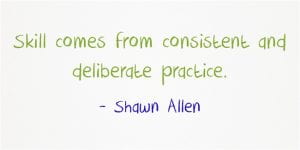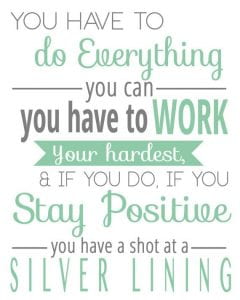During the January holidays, 10 St Luke’s staff members were lucky enough to travel to Barcelona and I was one of them! The purpose of the trip was to visit and learn from three schools who are striving for similar visions of learning as we are at St Luke’s. Each school had unique strengths which we were able to observe and learn from. There was so much to learn from each school (I could probably write a blog on each of them!) but here are just a few of my own key take-aways from each.
Visit 1 – Collegi Montserrat
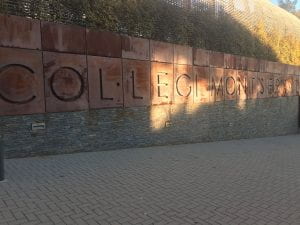

During this visit we were re-assured of our direction at St Luke’s when observing similar teaching and learning practices at Collegi Montserrat. Some of the similarities that we noticed were:
- Flexible seating and learning
- More than 1:30 in a space
- An inquiry/PBL focus from pre to post school
- Focus on developing the whole child
A whole school focus that we observed was around social and emotional development – R.U.L.E.R

R – Recognising emotions in self and others
U – Understanding the causes and consequences
L – Labelling emotions accurately
E – Expressing emotions appropriately
R – Re-evaluating
This was implemented and embedded throughout the school in a number of ways. One, was through a grid/scale of emotions which was present in every class. The photo on the left is of a grid or a scale (for lack of a better word) of emotions. The red squares are for words to describe anger, the yellow are words to describe happiness, the blue are focused on sadness, and the green are focused on feelings of calmness. The photo on the right is a blank grid which students then place their photo or name on to self evaluate how they are feeling. We were told that this could happen up to three times a day usually once in the morning and then again after each break time.

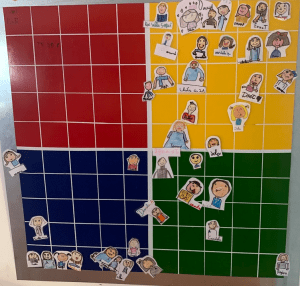
At St Luke’s we have been focusing on social and emotional development of students through the introduction of social skills and embedding our six pillars of learning (especially Manage, Relate and Witness) into all teaching and learning experiences. This grid of emotions is something that we have tried to re-imagine in our calm down space or as we call it in Glinda’s Castle – ‘The Castle of Chill’. In this space we have zones of regulation based on the characters from the movie ‘Inside Out’.


Visit 2 – Collegi Mare de Deu dels Angels

On this visit we also observed some similarities with practices already happening at St Luke’s. Some of which are:
- School wide Inquiry/PBL approach to teaching and learning
- More than 1:30
- Pre-post school
There were so many unique teaching and learning practices that we observed but I will just mention a few:
- A big focus on developing the fine and gross motor skills of students from a very young age.

- A focus on developing and introducing students to a wide range of co-curricular activities from a very young age. E.g. every child learns violin.

- Multidisciplinary approach to learning (3 or 4 KLAs integrated into one project)
- A whole school and multidisciplinary approach using chess as a teaching method. With a focus on mathematical thinking but also as a way to develop social and emotional skills through problem solving and consequences for actions.
Visit 3 – Learnlife

After this visit we were set the task of describing Learnlife in 25 words or less. Here are some of our reflections:
“A learning community that strives towards a paradigm shift of purpose inspired personal learning.”
“A collaborative learning ecosystem that encourages the learning of students through their interests, whilst preparing them to be global citizens that can respond to and promote change in an innovative way.”
“An emergent mainstream ecosystem of people, processes and partners which nurtures self determined learners by engaging with their personal interests, needs and passions.”
If you can’t already tell by these reflections, Learnlife is unlike any other school or learning community that I have ever visited or heard of. This was probably the visit which left me the most mind blown.
During our visit we were fortunate enough to spend time with the co-founder of Learnlife, Stephen Harris. Stephen talked us through some of the key thinkings behind the learning community. Some of the things that stood out to me were:
- One of their goals is to “un-school” their learners. So in they have replaced traditional school terminology with: Learning Guides, Learners, Co-learners, Learning Spaces
- A big focus on self-determined learning (The difference between personalised vs self directed vs self determined learning)
- Striving to develop life long learners with members of their learning community utilising spaces that are beyond the traditional school age (post school learning)
- Collaborative team approach to teaching and learning
- The encouragement of students to express their learning in their own home language
- Their learning spaces are designed and set up differently to other settings:


So what now?
On our final day in Barcelona, we came together as a team to debrief and discuss what we had witnessed as well as what we could now bring back to our own setting. We split into groups and designed projects that we could trial and implement back at St Luke’s.
The pilot I am working on is called “The Home Language Project.” The objective of the pilot is to offer opportunities for students to express themselves and/or demonstrate their understanding by using their home language. For the initial pilot the students will incorporate their home language into the welcoming narrative and to express their thinking for a mathematics problem solving task. With so many students within our setting speaking english as a second language we thought that this was an important project to trial at St Luke’s. At this point of the term we are still in the process of collecting and analysing data so keep an eye out for my next few blogs to see how the implementation stages go!
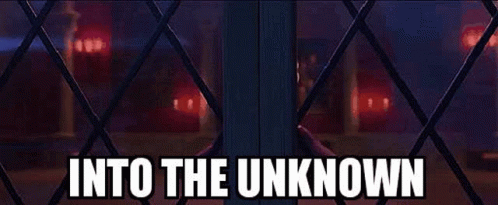
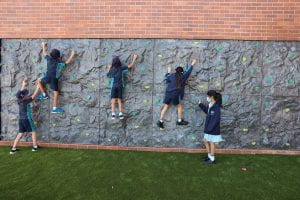


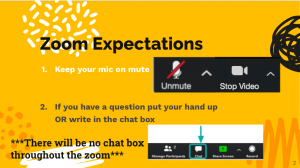

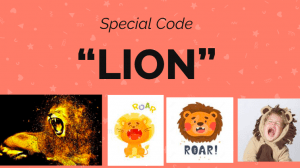









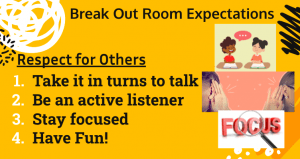




 KEEP
KEEP STOP
STOP START
START
 (adjectives)
(adjectives)
